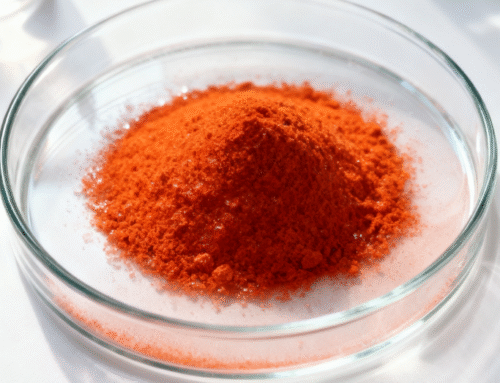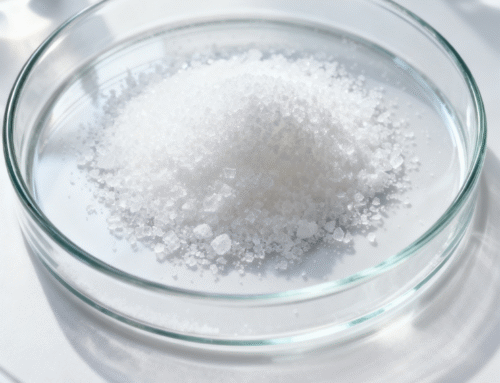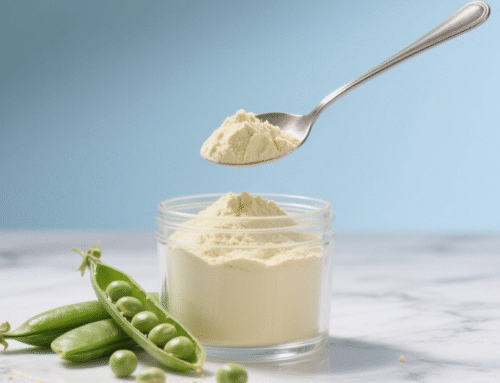What is inulin? who knows?
In China, the chrysanthemum is listed as one of the Four Gentlemen flowers, symbolizing longevity, good fortune, and noble conduct. Many poets have written impressive poems about chrysanthemums. However, the chrysanthemum we are talking about today is not the chrysanthemum of chrysanthemums, but the chrysanthemum of inulin.
Inulin is a polysaccharide polymerized from fructose, also known as inulin. But inulin is not extracted from chrysanthemums. Inulin is found in garlic, burdock, asparagus, leeks, wheat, onions and other plants. Industrially, it is mainly extracted from the roots of chicory (also known as Jerusalem artichoke or Jerusalem artichoke).
Special “Inulin”
Inulin is not digested and absorbed by the human body and has water retention properties. When dissolved in water, it will form a sticky gel-like substance, so it is a type of water-soluble fiber.
Inulin is classified as a generally safe food raw material by the U.S. Food and Drug Administration (FDA). There is no specific dosage limit for use in food and it is highly safe. Therefore, it is often used to increase dietary fiber in food and as a prebiotic (can Substances that allow intestinal probiotics to multiply). Other functions include stabilizing blood sugar, improving constipation, healthy weight loss, and promoting calcium absorption.
What can inulin do?
Inulin is not an essential nutrient for the human body, but it has a health-promoting effect.

1.Increase intestinal probiotics: Although inulin cannot be digested and utilized by the human body, it can be decomposed and utilized by intestinal beneficial bacteria, increasing the number of good bacteria, inhibiting the growth of bad bacteria, increasing intestinal immunity, and making the intestines healthier. Healthy, so some people regard it as a “prebiotic”.
2.Control blood sugar: Inulin has the effect of slowing down digestion, allowing blood sugar to rise slowly without causing drastic changes in blood sugar. Some medical studies believe that inulin can help improve prediabetes or type 2 diabetes, but this still needs further research and confirmation by the medical community. If people with diabetes want to use it, they can discuss the use of related products with a professional doctor.
3.Improve constipation: Inulin itself will not be digested and has similar functions to fiber. It can promote gastrointestinal motility and prevent constipation.
4.Healthy weight loss: Inulin can slow down gastric emptying, reduce appetite, and reduce food intake to achieve weight loss.
5.Promote calcium absorption: Inulin itself is a natural fructooligosaccharide. Foreign studies have pointed out that natural fructooligosaccharides can significantly improve the body’s absorption of calcium and magnesium, and have the effect of preventing osteoporosis.
6.Lower triglycerides: Inulin has been studied in some ethnic groups to reduce triglycerides and may have the effect of lowering cholesterol, but this function still needs further medical research.
Warning Up: How much inulin should be consumed daily?
Currently, the United States has not established an acceptable daily intake (ADI) for inulin-related products. The generally recommended daily intake is 1 to 4 grams, while in European countries it is about 1 to 3 grams.
Everyone’s body’s adaptability to inulin is different. Excessive intake of inulin will cause discomfort such as flatulence. Therefore, it is recommended that the daily intake of inulin or fructooligosaccharides should be less than 20 grams to avoid gastrointestinal discomfort. Malaise or diarrhea.
If you want to experience it for yourself, you are welcome to come to the store to purchase.
Here is one of the best suppliers, we will bring you exclusive one-stop service.
Thank you for reading. If you have some good suggestions, please feel free to submit them. See you in the next article.






Leave A Comment